Mesenchymal Tumorigenesis Driven by TSC2 Haploinsufficiency Requires HMGA2 and Is Independent of mTOR Pathway Activation
- PMID: 26837766
- PMCID: PMC5554010
- DOI: 10.1158/0008-5472.CAN-15-1287
Mesenchymal Tumorigenesis Driven by TSC2 Haploinsufficiency Requires HMGA2 and Is Independent of mTOR Pathway Activation
Abstract
Tuberous sclerosis (TSC) is a tumor suppressor gene syndrome that is associated with the widespread development of mesenchymal tumor types. Genetically, TSC is said to occur through a classical biallelic inactivation of either TSC genes (TSC1, hamartin or TSC2, tuberin), an event that is implicated in the induction of the mTOR pathway and subsequent tumorigenesis. High Mobility Group A2 (HMGA2), an architectural transcription factor, is known to regulate mesenchymal differentiation and drive mesenchymal tumorigenesis in vivo. Here, we investigated the role of HMGA2 in the pathogenesis of TSC using the TSC2(+/-) mouse model that similarly mirrors human disease and human tumor samples. We show that HMGA2 expression was detected in 100% of human and mouse TSC tumors and that HMGA2 activation was required for TSC mesenchymal tumorigenesis in genetically engineered mouse models. In contrast to the current dogma, the mTOR pathway was not activated in all TSC2(+/-) tumors and was elevated in only 50% of human mesenchymal tumors. Moreover, except for a subset of kidney tumors, tuberin was expressed in both human and mouse tumors. Therefore, haploinsufficiency of one TSC tumor suppressor gene was required for tumor initiation, but further tumorigenesis did not require the second hit, as previously postulated. Collectively, these findings demonstrate that tissue-specific genetic mechanisms are employed to promote tumor pathogenesis in TSC and identify a novel, critical pathway for potential therapeutic targeting.
©2016 American Association for Cancer Research.
Conflict of interest statement
The authors declare no competing interests exist.
Figures
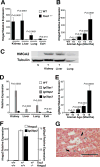
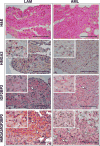
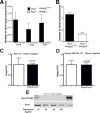
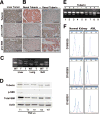
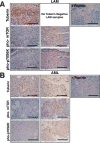

References
Publication types
MeSH terms
Substances
Grants and funding
LinkOut - more resources
Full Text Sources
Other Literature Sources
Molecular Biology Databases
Miscellaneous

